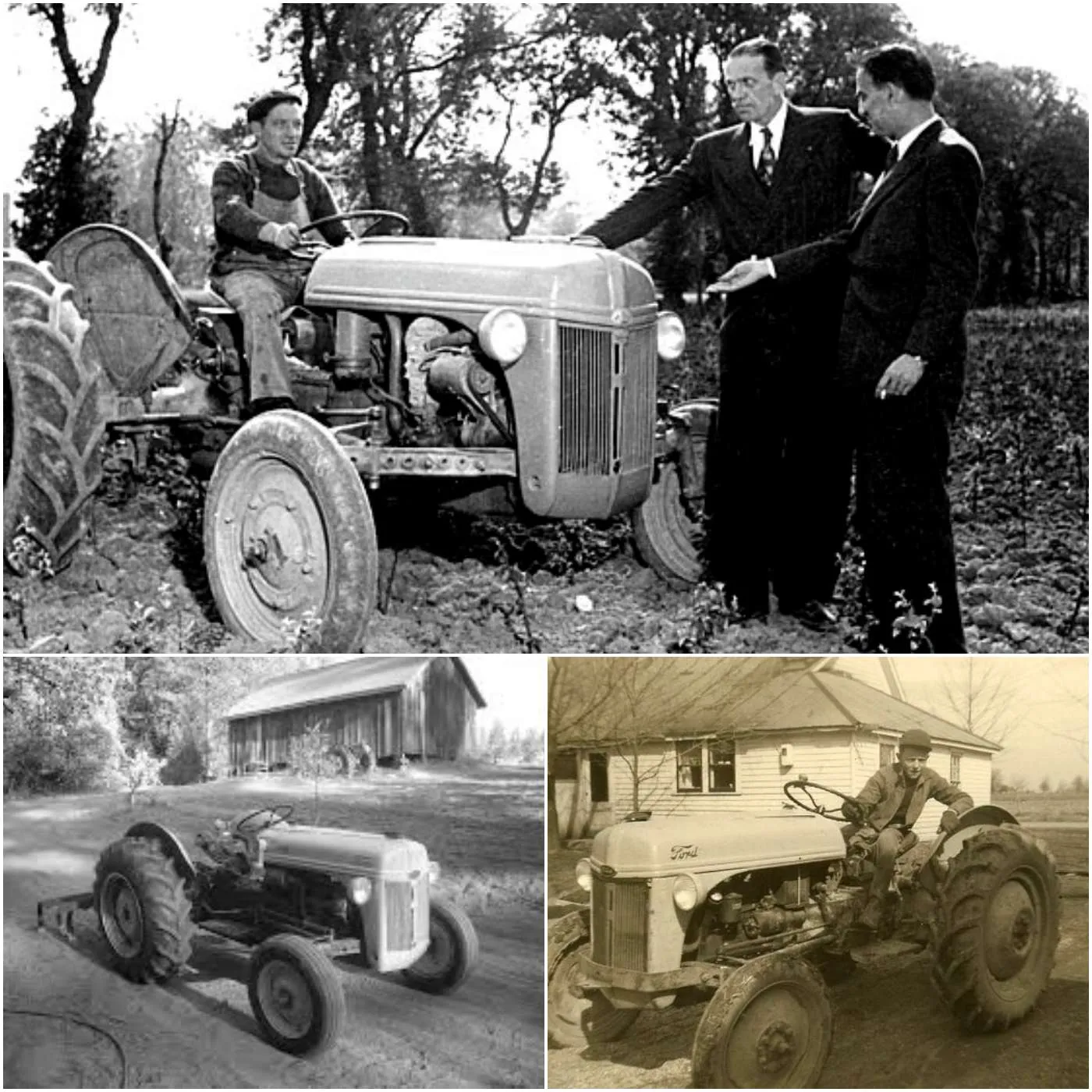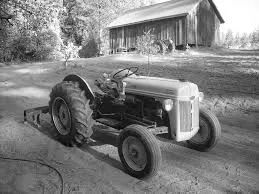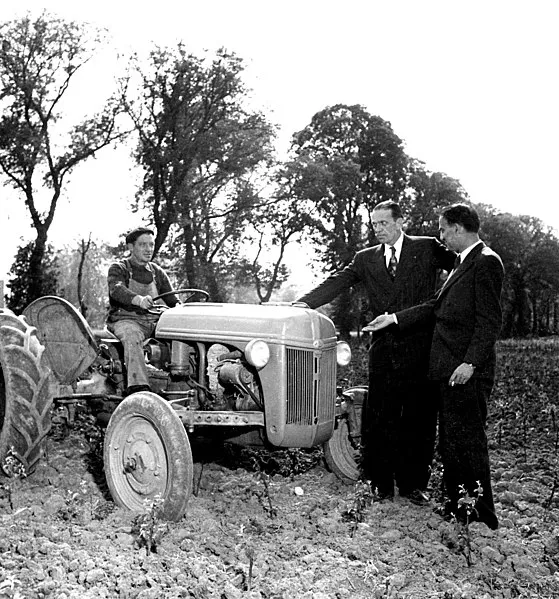Marshall Plan-Funded Tractors Bring New Hope to France.

In the aftermath of World War II, Europe was left in ruins, with its economies shattered and its agricultural sectors struggling to recover. Among the many initiatives aimed at rebuilding the continent, the Marshall Plan stands out as a beacon of hope and progress. One of the most tangible symbols of this plan’s success arrived in the form of tractors funded by the Marshall Plan, which brought new hope to the French countryside.
The Marshall Plan, officially known as the European Recovery Program, was an American initiative launched in 1948 to aid Western Europe’s economic recovery. Spearheaded by U.S. Secretary of State George C. Marshall, the plan provided over $12 billion (equivalent to approximately $130 billion today) in economic assistance to help rebuild European economies. France, as one of the major beneficiaries, received significant aid that played a crucial role in its recovery.
One of the key components of the Marshall Plan was the modernization of European agriculture. Before the war, many French farms relied on traditional methods and manual labor, which were insufficient to meet the post-war demands for food production. The introduction of tractors, funded by the Marshall Plan, revolutionized French agriculture by significantly increasing productivity and efficiency.

These tractors, often painted in bright colors and emblazoned with the stars and stripes of the American flag, became symbols of hope and renewal. They were distributed to farmers across France, transforming the landscape of rural communities. With the aid of these machines, farmers could plow their fields, sow seeds, and harvest crops with unprecedented speed and ease.
The impact of the Marshall Plan-funded tractors extended beyond the fields. By mechanizing agriculture, these tractors played a pivotal role in boosting the French economy. Increased agricultural productivity meant more food for the population and more raw materials for the burgeoning industries. This agricultural boom contributed to the overall economic stability of the country, laying the foundation for decades of growth and prosperity.
The arrival of these tractors also brought about significant social changes in rural France. Communities that had been isolated and dependent on traditional farming methods were now exposed to modern technology and practices. This modernization fostered a sense of optimism and progress, encouraging young people to stay in rural areas and contribute to their development rather than migrating to cities in search of better opportunities.

Today, the legacy of the Marshall Plan and its impact on French agriculture is remembered with great appreciation. Vintage Marshall Plan-funded tractors are often displayed in museums and agricultural fairs, serving as reminders of a pivotal moment in history when international cooperation and aid helped rebuild a nation.
The Marshall Plan-funded tractors that arrived in France after World War II were more than just machines; they were symbols of international solidarity and a testament to the power of cooperation in rebuilding a devastated continent. They brought new hope to the French countryside, transforming agriculture, boosting the economy, and modernizing rural communities. As we reflect on this chapter of history, we are reminded of the enduring impact of the Marshall Plan and the importance of supporting those in need during times of crisis.






